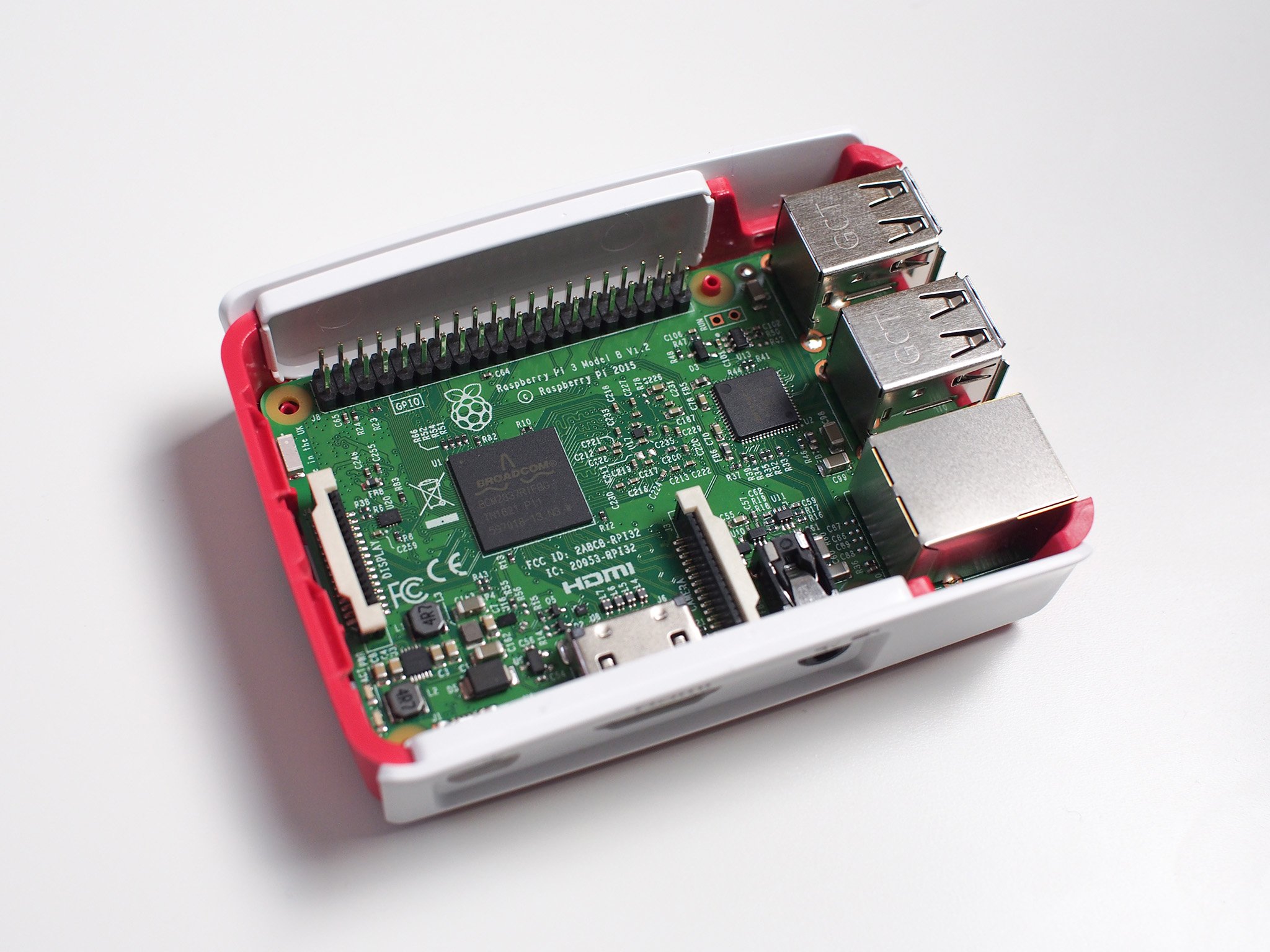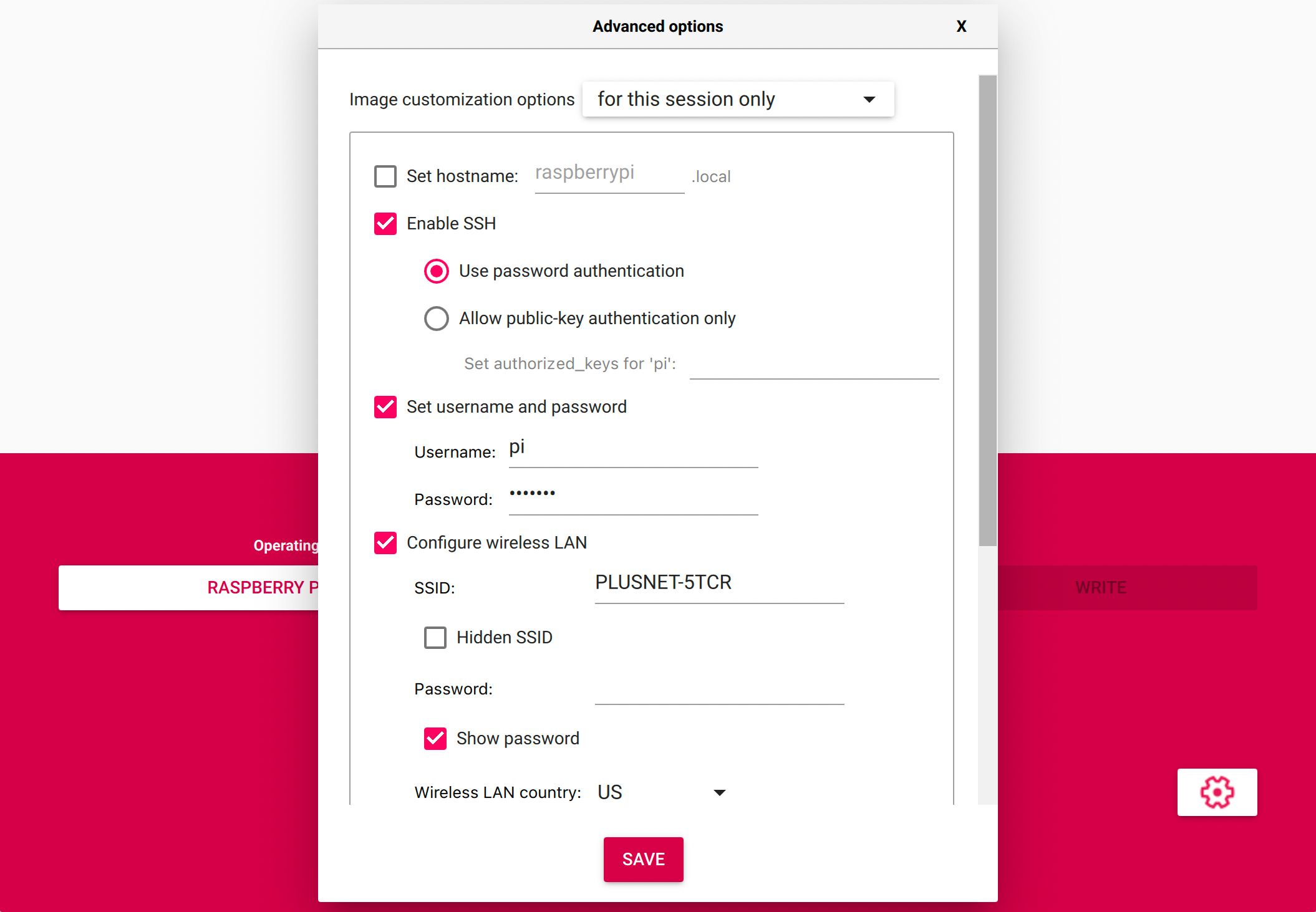Free RemoteIoT Platform SSH Key Raspberry Pi Download: Unlocking The Power Of Remote Access
Ever wondered how you can control your Raspberry Pi from anywhere in the world? Well, buckle up because we're diving deep into the world of free RemoteIoT platforms and SSH keys. Whether you're a tech enthusiast or just someone who wants to explore the possibilities of remote access, this article has got you covered. Get ready to unlock the full potential of your Raspberry Pi without breaking the bank!
RemoteIoT platforms are like the ultimate power tools for anyone who wants to manage their Raspberry Pi projects without being tied down to a single location. Imagine being able to download, configure, and control your device from the comfort of your couch or even while traveling across the globe. It's not just about convenience—it's about taking control of your tech life.
Now, before we dive into the nitty-gritty of free RemoteIoT platforms and SSH keys, let's talk about why this matters. In today's fast-paced world, having remote access to your devices is more than just a luxury—it's a necessity. Whether you're a developer, a hobbyist, or simply someone who loves tinkering with technology, understanding how to set up and use these tools can open up a world of possibilities. Let's get started!
- Discover The Capricorn Woman Personality Traits Love Life Insights
- The Untold Story Of Jonathan Frid Dark Shadows More
What is a Free RemoteIoT Platform?
A free RemoteIoT platform is essentially a software solution that allows you to connect to and manage your IoT devices remotely. Think of it as a bridge between your devices and the internet. These platforms are designed to make it easy for users to access their Raspberry Pi or other IoT devices from anywhere, without the need for complex configurations or expensive hardware. They're like the Swiss Army knives of remote access tools.
One of the coolest things about free RemoteIoT platforms is that they're accessible to everyone, regardless of their technical expertise. Whether you're a seasoned pro or a complete beginner, these platforms offer user-friendly interfaces and intuitive tools that make managing your devices a breeze. Plus, they often come with features like secure connections, file transfers, and real-time monitoring, making them indispensable for anyone working on IoT projects.
Why Use SSH Keys for Raspberry Pi?
SSH keys are like the digital keys to your Raspberry Pi's front door. They provide a secure way to authenticate your identity when connecting to your device remotely. Unlike traditional password-based authentication, SSH keys are much harder to crack, making them a safer choice for anyone concerned about security. Plus, they save you the hassle of remembering complex passwords every time you want to log in.
- Talia Menendez Her Life Support For Erik Lyle Case Updates
- Decoding Mexican Gang Tattoos Signs A Guide
When it comes to Raspberry Pi, using SSH keys is a no-brainer. Not only do they enhance security, but they also make the login process faster and more efficient. Once you've set up your SSH keys, you can connect to your Pi with just a few clicks, without having to worry about entering passwords repeatedly. It's like having a VIP pass to your own personal server.
Benefits of Using SSH Keys
- Enhanced Security: SSH keys are much harder to hack than passwords, making them a safer choice for remote access.
- Convenience: No more typing in long, complicated passwords every time you want to log in.
- Automation: SSH keys can be used to automate tasks, making them ideal for scripting and batch processing.
- Scalability: If you're managing multiple Raspberry Pi devices, SSH keys make it easier to handle them all at once.
How to Set Up SSH on Raspberry Pi
Setting up SSH on your Raspberry Pi is easier than you might think. Here's a quick step-by-step guide to help you get started:
First, make sure SSH is enabled on your Raspberry Pi. You can do this by navigating to the Raspberry Pi Configuration tool and checking the SSH option.
Next, generate your SSH keys on your local machine using a tool like PuTTY or OpenSSH.
Once you've generated your keys, copy the public key to your Raspberry Pi using the
ssh-copy-idcommand.Finally, test your connection by logging in to your Pi using the SSH client of your choice.
And just like that, you're ready to start managing your Raspberry Pi remotely. It's like giving yourself superpowers when it comes to tech management.
Common Issues and Solutions
While setting up SSH on your Raspberry Pi is generally straightforward, you might run into a few hiccups along the way. Here are some common issues and how to fix them:
- Connection Refused: Make sure SSH is enabled on your Pi and that your firewall settings allow incoming connections.
- Permission Denied: Double-check that your public key has been correctly copied to your Pi and that the file permissions are set correctly.
- Timeout Errors: Ensure that your network connection is stable and that there are no issues with your router or modem.
Top Free RemoteIoT Platforms for Raspberry Pi
Now that you know the basics of SSH, let's talk about some of the best free RemoteIoT platforms you can use with your Raspberry Pi. These platforms offer a range of features and benefits, making them perfect for anyone looking to take their IoT projects to the next level.
1. PlatformIO
PlatformIO is an open-source IoT development platform that supports a wide range of devices, including the Raspberry Pi. It offers a user-friendly interface and a host of features, such as code completion, debugging tools, and library management. Whether you're building a simple home automation system or a complex industrial application, PlatformIO has got you covered.
2. IoTivity
IoTivity is another great option for Raspberry Pi users. Developed by the Open Connectivity Foundation, it provides a robust framework for building and managing IoT devices. With support for a wide range of protocols and standards, IoTivity makes it easy to connect your Pi to other devices and services.
3. Blynk
Blynk is a cloud-based platform that allows you to control your Raspberry Pi and other IoT devices from your smartphone. It's perfect for anyone who wants to monitor and manage their devices on the go. With its intuitive interface and drag-and-drop functionality, Blynk makes it easy to create custom dashboards and automate tasks.
Downloading and Installing RemoteIoT Platforms
Downloading and installing a RemoteIoT platform on your Raspberry Pi is a breeze. Most platforms offer detailed installation guides and support forums to help you get started. Here's a quick overview of what to expect:
Choose the platform that best suits your needs and download the installation package from the official website.
Follow the installation instructions carefully, making sure to configure any necessary settings along the way.
Once installed, test your setup by connecting to your Raspberry Pi remotely and verifying that everything is working as expected.
And that's it! You're now ready to start exploring the world of remote IoT management.
Security Best Practices for RemoteIoT Platforms
While free RemoteIoT platforms and SSH keys offer incredible flexibility and convenience, it's important to keep security in mind. Here are a few best practices to help you stay safe:
- Use Strong Passwords: Even if you're using SSH keys, it's a good idea to set strong passwords for your accounts as an added layer of security.
- Regularly Update Software: Keep your RemoteIoT platform and SSH software up to date to protect against known vulnerabilities.
- Limit Access: Restrict access to your Raspberry Pi to trusted users only, and consider using IP whitelisting to further enhance security.
Real-World Applications of RemoteIoT Platforms
So, what can you actually do with a free RemoteIoT platform and SSH keys? The possibilities are endless! Here are just a few real-world applications:
- Home Automation: Control your smart home devices from anywhere, whether you're turning off lights or adjusting the thermostat.
- Remote Monitoring: Keep an eye on your security cameras, weather stations, or other IoT devices from the comfort of your phone.
- Industrial Automation: Manage complex industrial systems and processes remotely, improving efficiency and reducing downtime.
Conclusion
In conclusion, free RemoteIoT platforms and SSH keys offer an incredible way to manage your Raspberry Pi and other IoT devices remotely. Whether you're a tech enthusiast, a hobbyist, or a professional developer, these tools can help you take your projects to the next level. By following the tips and best practices outlined in this article, you can ensure that your setup is both secure and efficient.
So, what are you waiting for? Dive into the world of remote IoT management and unlock the full potential of your Raspberry Pi today. And don't forget to share your experiences in the comments below—we'd love to hear how you're using these tools to transform your tech life!
Table of Contents
- What is a Free RemoteIoT Platform?
- Why Use SSH Keys for Raspberry Pi?
- How to Set Up SSH on Raspberry Pi
- Top Free RemoteIoT Platforms for Raspberry Pi
- Downloading and Installing RemoteIoT Platforms
- Security Best Practices for RemoteIoT Platforms
- Real-World Applications of RemoteIoT Platforms
- Conclusion
- November 6 Zodiac Traits Compatibility More
- Cochran Funeral Home Services Obituaries Directions In Blairsville

RemoteIoT Platform SSH Download Raspberry Pi Without Windows A

Remote IoT Platform SSH Download Raspberry Pi Without Windows A

Unlock The Power Of RemoteIoT Platform SSH Raspberry Pi Download Free